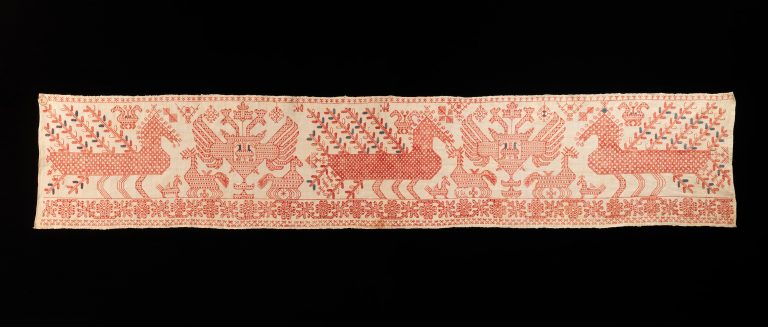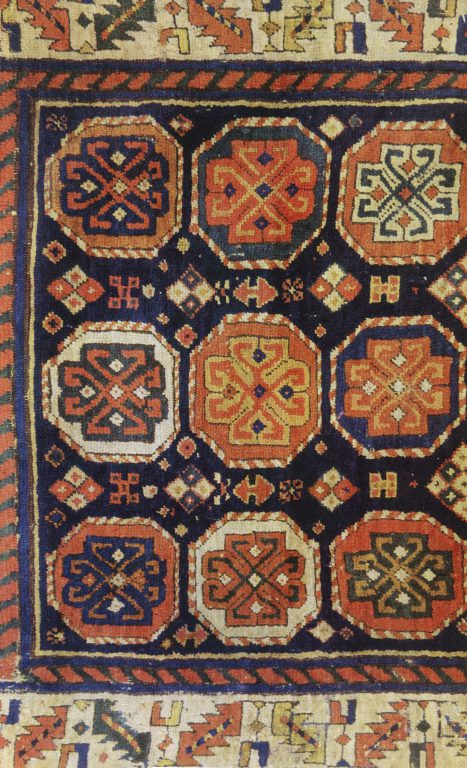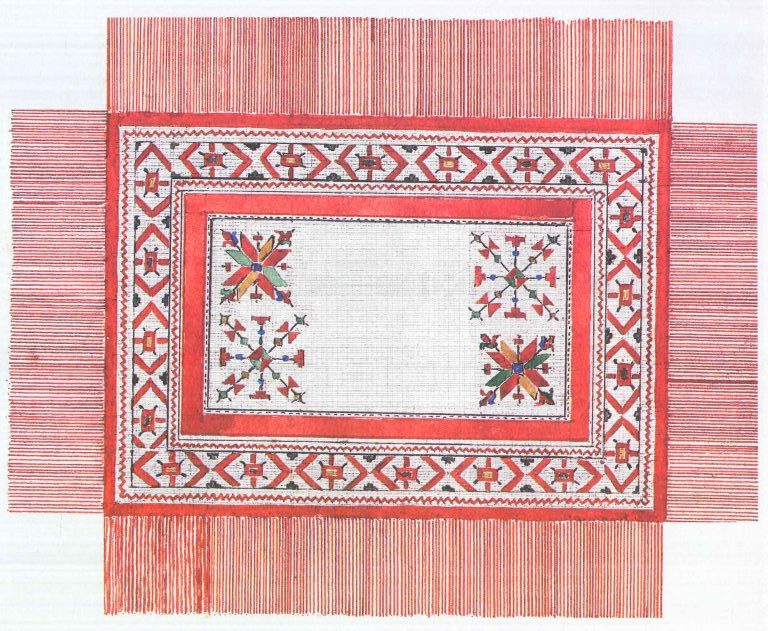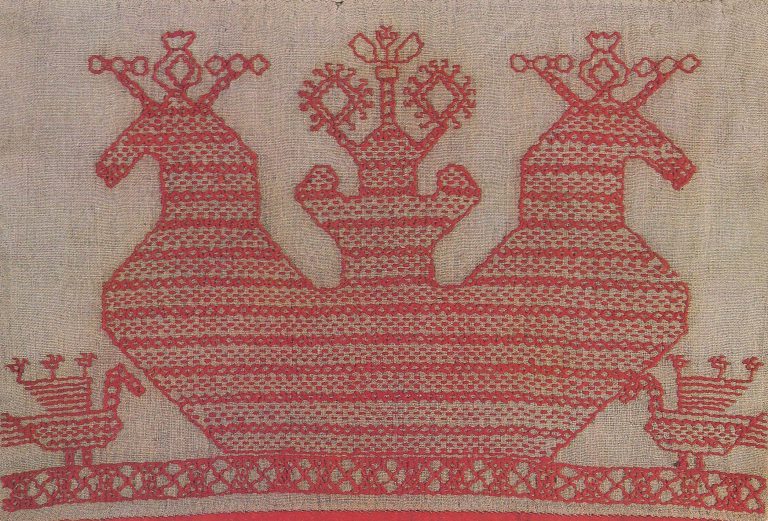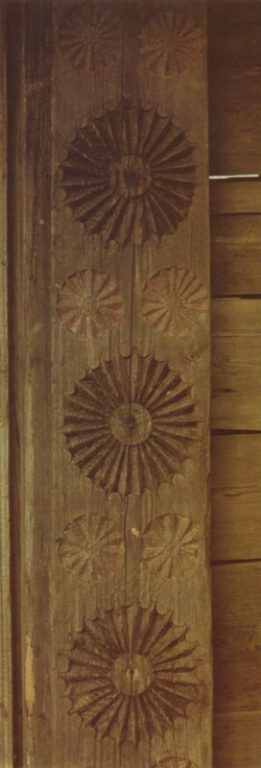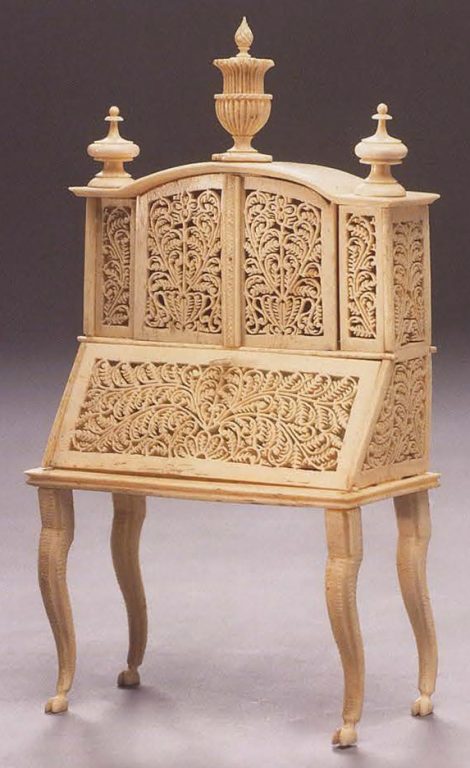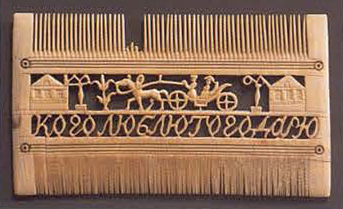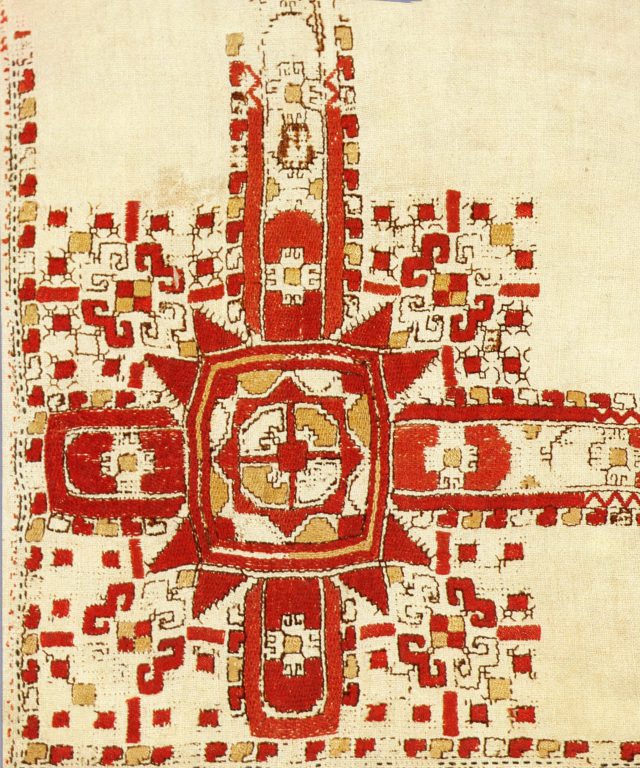

-
Object
-
Type of arts & crafts
-
MediumLinen, cotton, silk
-
Size68 x 13 in. (172.7 x 33 cm)
-
Geography details
Russia -
Federal region today
-
Datefirst half 19th century
-
Composition
-
Elements
-
Type of sourceDatabase “Metropolitan Museum of Art”
-
Fund that the source refers toMetropolitan Museum of Art
-
This object is from the collection of Natalia de Shabelsky (1841-1905), a Russian noblewoman compelled to preserve what she perceived as the vanishing folk art traditions of her native country. Traveling extensively throughout Great Russia, she collected many fine examples of textile art of the wealthy peasant class. From the 1870s until moving to France in 1902, Shabelsky amassed a large collection of intricately embroidered hand-woven household textiles and opulent festival garments with rich decoration and elaborate motifs. The Brooklyn Museum holdings include many fine examples including the majority of the garments. Portions of Shabelsky’s collection are also housed at the Museum of Fine Arts, Boston, the Cleveland Art Museum, and the Russian Museum of Ethnography in St. Petersburg.
Russian bed curtains and towels were not only used for decorative purposes, but also provided an important role in ceremony. Bed curtains often adorned sleighs for weddings or carnival processions. Towels were draped over mirrors, trees, and temples, hung on walls, or used as offerings to the church in addition to their traditional uses. The variety of patterns and filling motifs in this border is outstanding. The design highlights the peacock, a sign of good fortune in many cultures.


